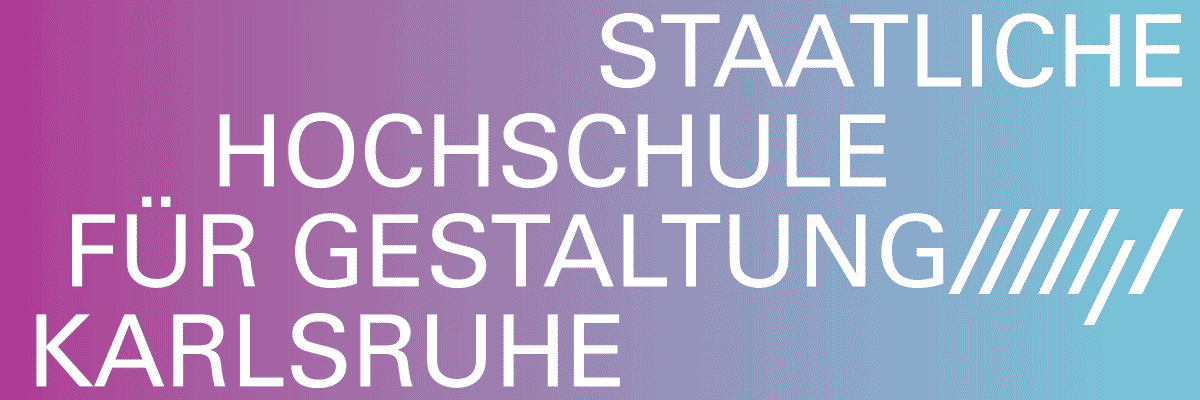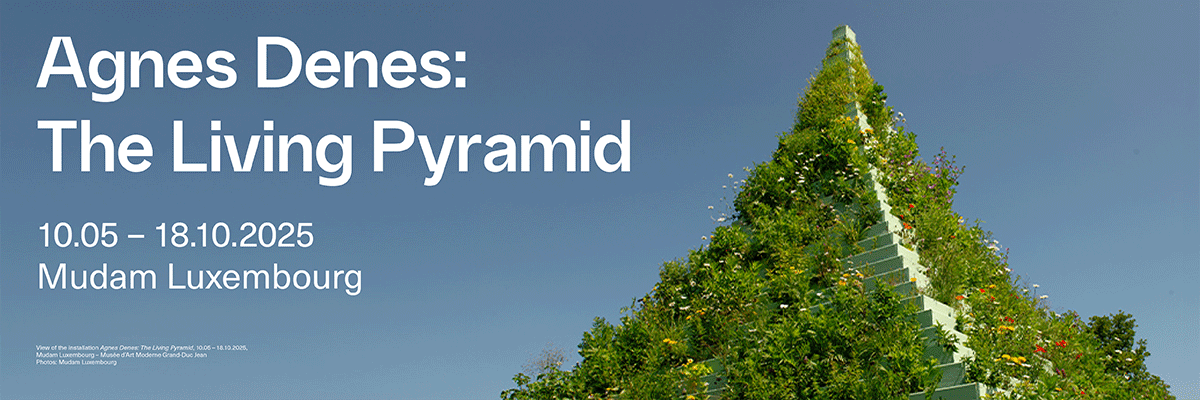
Nela Britaňáková @nela.britanakova
Aleuronové Zrno
Project Info
- 💙 GAVU (Prague, Czech Republic) @galerie_avu
- 💚 Anežka Januschka Kořínková @neza.korinek
- 🖤 Nela Britaňáková @nela.britanakova
- 💜 Anežka Januschka Kořínková @neza.korinek
- 💛 František Svatoš @frantiseksvatos
Share on

Advertisement



















At first, there was softness—a substance that yields to touch. Organs of other worlds formed
under the pressure of sediments, residual memories and the heat of transformation.
Somewhere between sleep and decay, presence is born—not as a midpoint, but as a tense
moment between a past that has not disappeared and a future that refuses to arrive.
In this biosphere—after time, after names, after boundaries—what Donna Haraway calls
‘staying with the trouble’ still trembles. There is no resolution here, only continuation. The
bodies, or their remains, are not testimonies to individuals but an embodiment of
interconnectedness. Each layer bears the trace of the touch of something else, something
unrecognisable: an animal, mycelium, a restless mineral.
Nela Britaňáková's installation is not a reconstruction; it is an event to which we cannot
relate from the outside. It is necessary to enter it as if entering soil that does not yet know
what it will bear. Ceramic matter, textile growths, stiff seams and damp packaging—none of
this serves the eye, but the touch of thought. It is a world in which it ceases to matter who
began and who will end. Each actant (see Jane Bennett) has its share in the duration, its
own performance within the network of material life.
This network has no centre. The idea of dominance, hierarchy, purpose—all of that has been
left behind the walls of greenhouses and laboratories that once promised growth. There is no
growth here—only transformation. It is an ecology of instability, where every fibre knows it is
not alone, and every body senses that it is no longer exclusively human.
But what initially appeared to be a timeless landscape is suddenly disrupted by movement.
Performance comes into play as an inner disturbance (or perhaps a rhythm?) of the organic
system. The body is not an interpreter, but a component—non-hermetic, changeable, always
half inside, half outside. Partly a disruptive element, partly a medium of communication. In
stuttering gestures, accelerated breathing, fatigue inscribed in matter, what cannot be
grasped except through physicality comes to life.
The movements taking place here are not choreographies, but escapes. Unstable remnants
of biotas, half-creatures, half-environmental situations, drift through a time that has ceased
to be a measure. Bareness is not uncovered here but sedimented like layers beneath the
roots of plants that have given up growth. Costumes are not clothing but habitats. Physicality
is not a carrier of meaning here but a bearer of sensitivities.
In this biosystemic fiction, memory does not work as an archive, but as feedback from past
touches, restless connections and unfinished forms. The aleurone grain is not a centre, but
an encrypted possibility: the seed of life that does not return but remains open.
And so it persists here—not in hope or in sorrow but in the unnameable. Before the face of a
material that does not want to become an object but a testimony. Before a time that leads
nowhere. Before a story that has no beginning and no end.
The grain breathes here. Perhaps it is sprouting. Perhaps it never stopped.
The performance was created in collaboration with Tereza Miškaříková, Viola Jásková and
Weru Špundová.
Anežka Januschka Kořínková @neza.korinek




